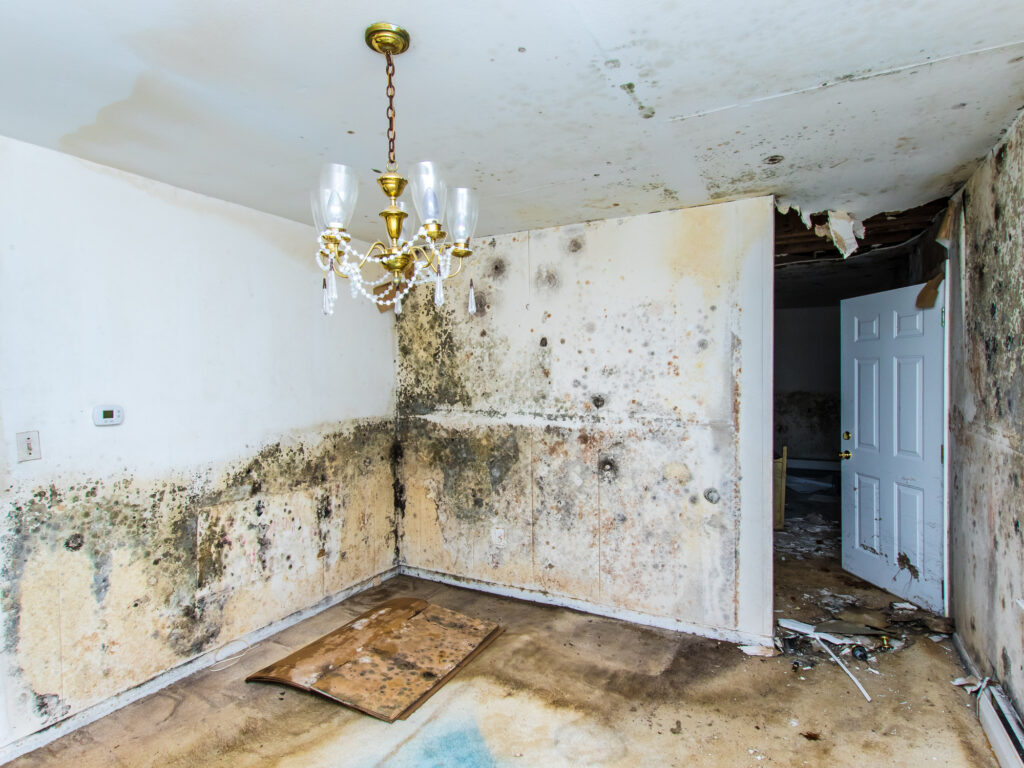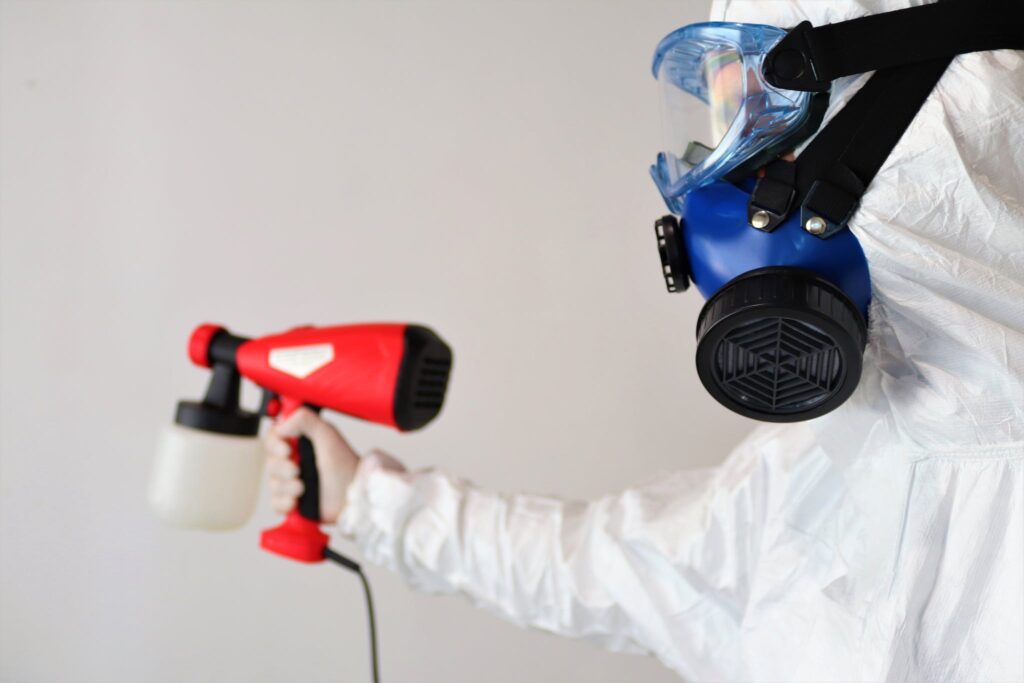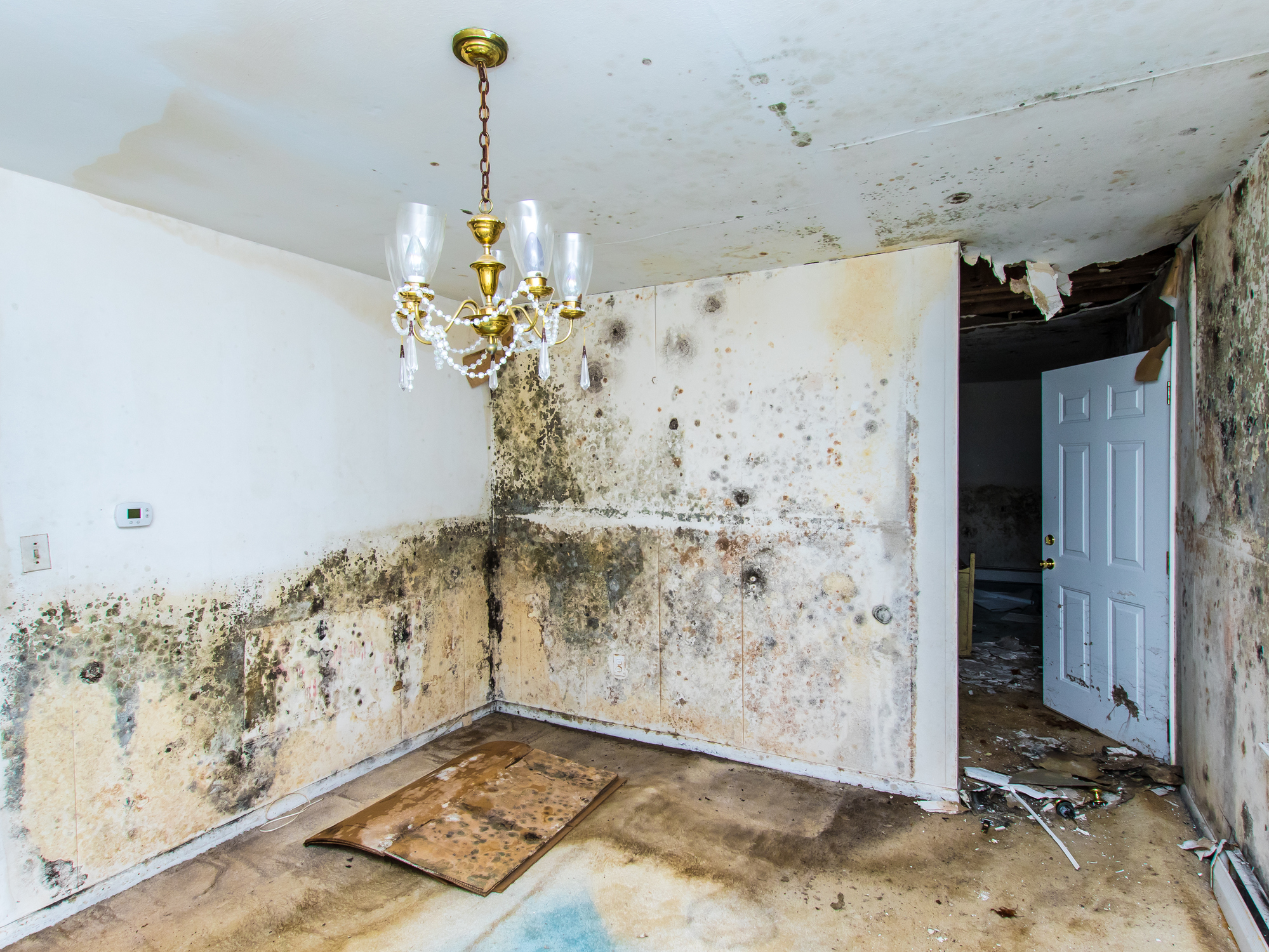The Hidden Threat in American Homes: Decoding the Toxin Problem and its Impact on Health
t’s a chilling thought that the very place you retreat to for safety and comfort could potentially be harming you. Unknown to many Americans, the possibility of toxins like mold and lead in their homes is not just real but widespread. With effects that can detrimentally impact health — particularly among children — it’s vital to discern the extent of this issue and understand why refurbishing and removing these elements is crucial to making homes inhabitable.
“Awareness might just be the first step in a long journey towards making our homes truly safe, but it’s undoubtedly the most crucial one.”



Consider this: It’s estimated that millions of homes across the U.S. have undisclosed environmental hazards. Both older houses and newer constructions can harbor silent dangers. The question is, how severe is this issue? Let’s dive into some alarming statistics.
- Lead: Although banned in 1978, lead-based paints are still present in millions of homes, particularly those built before the ban. It is estimated that over 24 million housing units nationwide have significant lead-based paint hazards—deteriorating paint and high-levels of lead-contaminated dust.
- Mold: According to the Environmental Protection Agency (EPA), indoor environments are highly susceptible to molds because of the presence of moisture and nutrients. In a nation where 50% to 65% of homes have dampness or visible mold problems, that’s a statistic that can’t be ignored.
The Impact on Health
From lead’s effect on brain development in children to molds’ association with respiratory and neurological problems, the health risks associated with these toxins are not to be taken lightly. It’s a sobering reminder to make sure that your little haven is free of these silent killers. Our homes should be our sanctuary, so shouldn’t we ensure they are safe?


